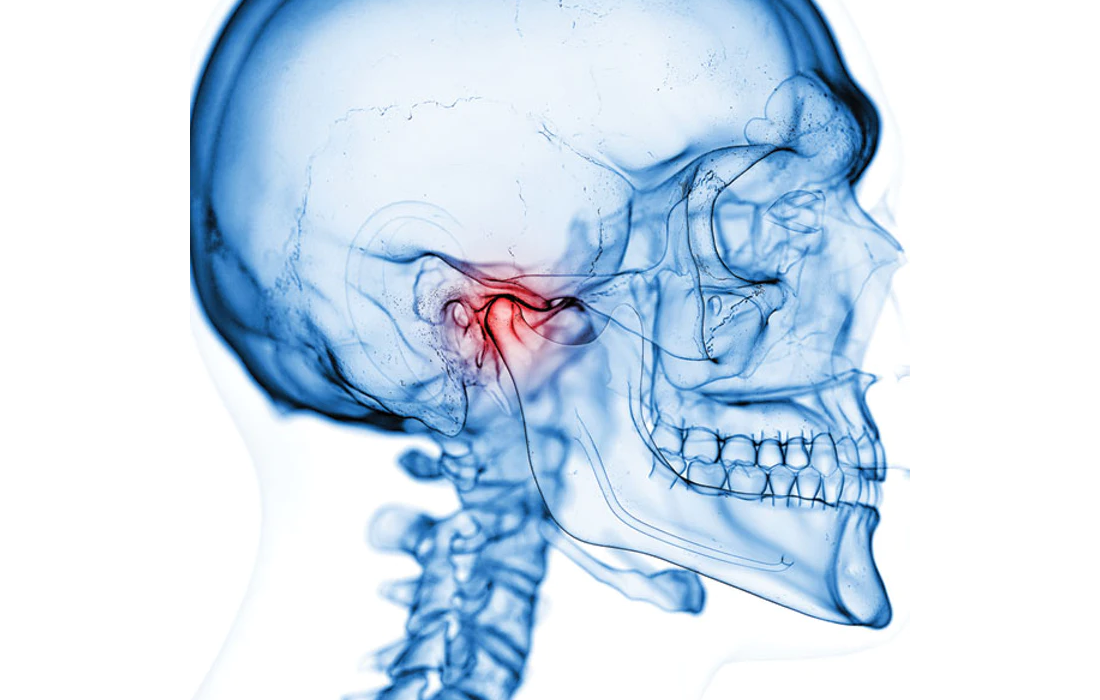Modern health care is not only reliant on antibiotics to treat infectious disease but also to prevent infections during surgery or immune suppression. Escalating levels of antibiotic resistance impose a substantial burden on medical practice. It is generally believed the evolution of antibiotic resistance is an inevitable consequence of antibiotic use. Antibiotic resistance is the […]
Author Archives: Francisco Fernandez, MD
Nearly 25% of US adults report concurrently taking a prescription medication with a dietary supplement. Some supplements, such as St. John’s wort and goldenseal, are known to cause clinically important drug interactions and should be avoided by most patients receiving any pharmacologic therapy. Some other supplements are predicted to cause interactions based on in vitro […]
Reports on clinical uses of platelet-rich plasma (PRP) have dramatically increased in the last decade. Indications for PRP therapy range from muscle and skeletal injuries to hair regrowth. More recently evidence has shown its positive effects in promoting endometrial and follicular growth and gestation in assisted reproduction cycles. Platelets are small, anucleated cell fragments released […]
Obesity is on the rise worldwide. According to the World Health Organization (WHO), nearly 2 billion adults are currently overweight and 650 million of them have obesity. A study from the University of South Australia found that some types of obesity can lead to a reduction in the brain’s gray matter and investigated its association […]
Temporomandibular joint disorders (TMDs) affect the jaw joints and related structures causing internal derangement of joint space, bone alterations and degenerative pathologies. Frequent signs and symptoms of TMDs are pain, joint noise, limited range of motion, impaired jaw function, deviation or deflection upon mouth opening and closing or open locking. Some changes may include disc […]
Understanding how resistance to chemotherapy occurs could lead to better anticancer treatments. Persister cells in tumors can contribute to this resistance. Cancer can recur when a subset of tumor cells called persister cells survive chemotherapy. Most of these cells are non-dividing (quiescent) in the presence of therapeutic drugs, but a rare subpopulation can re-enter the […]
How aging contributes to bone loss is unclear. In aging mice, skeletal stem cells lose their ability to generate bone-forming cells called osteoblasts, and instead promote the generation of bone-resorbing cells called osteoclasts. Aging is a key driver of bone-mass reductions and skeletal fragility. Insights into the identity of skeletal stem cells (SSCs) and other […]
Concerns over waning immunity and SARS-CoV-2 variants have convinced some countries to deploy extra vaccine doses, but it’s not clear to scientists whether most people need them. A study published in the New England Journal of Medicine on August 12, 2021, evaluated the effectiveness of 2 Covid-19 vaccines (Pfizer and AstraZeneca) against symptomatic disease by […]
Neural stem cells are largely undifferentiated cells originating in the central nervous system. Neural stem cells (NSCs) have the potential to give rise to offspring cells that grow and differentiate into neurons and glial cells (non-neuronal cells that insulate neurons and enhance the speed at which neurons send signals). For years it was thought that […]
Cardiovascular disease (CVD) is the leading cause of mortality in Europe (47% of total mortality) and one of the main causes of death worldwide (31% of all worldwide deaths). The influence of modifiable risk factors, such as smoking, high blood pressure, dyslipidemia, or poor diet, has been the object of investigation since the 1950s, and […]










